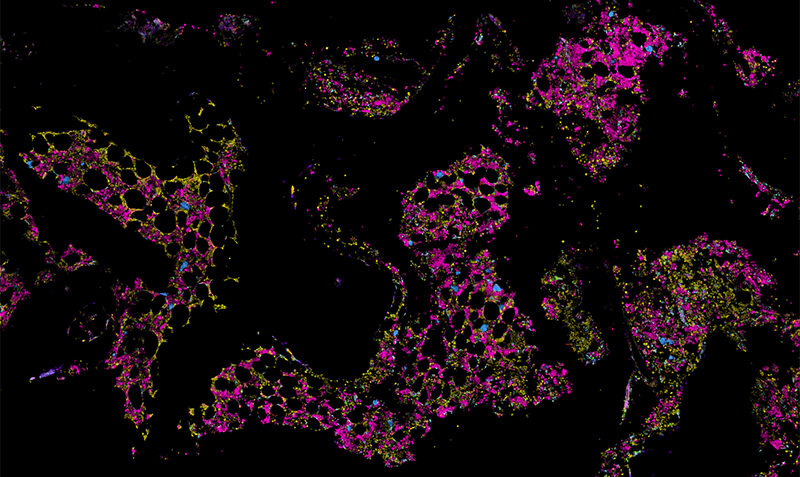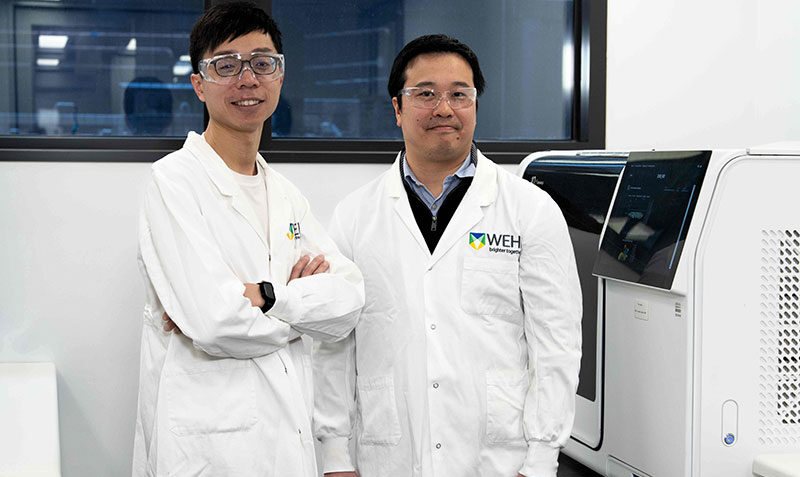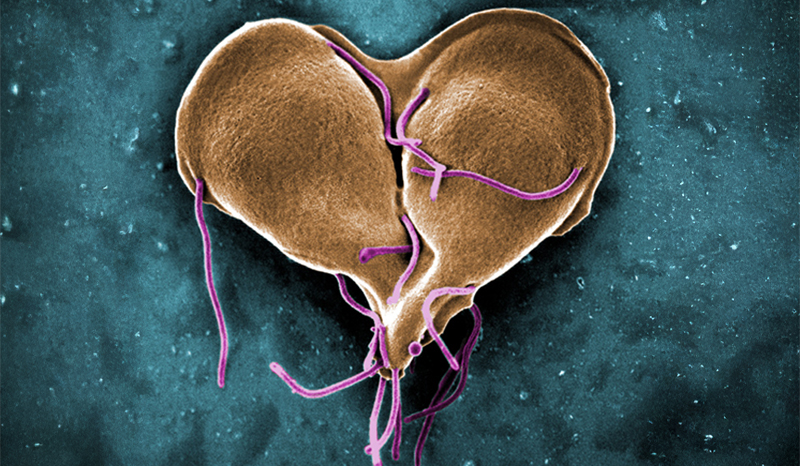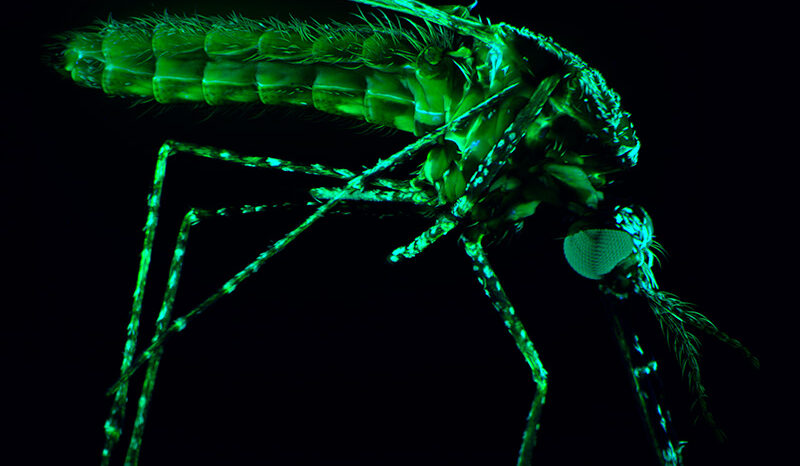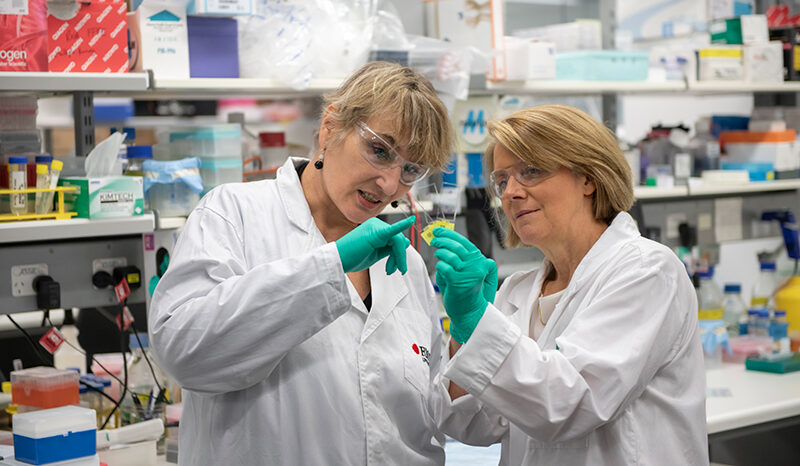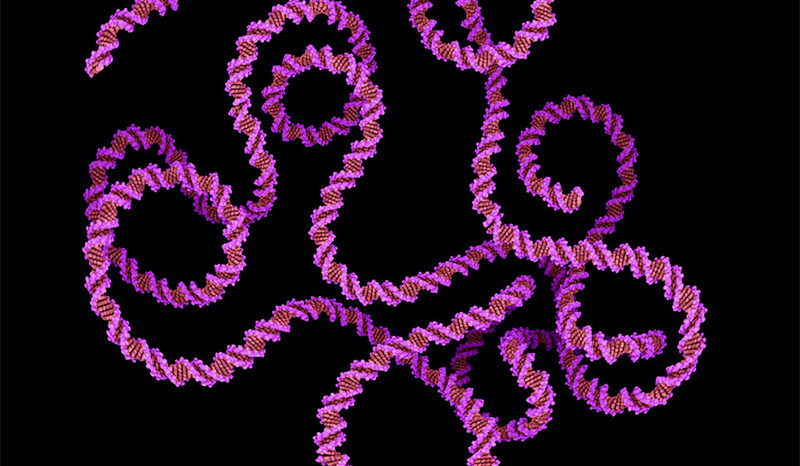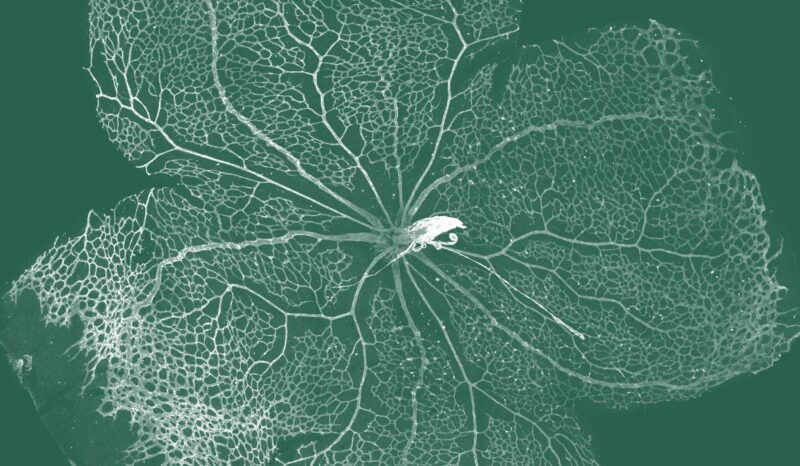Challenging the thinking on how myeloma behaves
Myeloma is a type of blood cancer that affects plasma cells in the bone marrow. It is often called multiple myeloma because 90% of people have multiple bone lesions when they are diagnosed.
Existing treatments can slow its progress and manage symptoms but myeloma remains incurable, with over 2500 Australians diagnosed each year.
Scientists have long believed that myeloma cells shape the bone marrow in similar ways and that universal treatments could be developed to target those common features.
But the new research reveals that each cancer cell can form their own unique microenvironment within the bone marrow.



